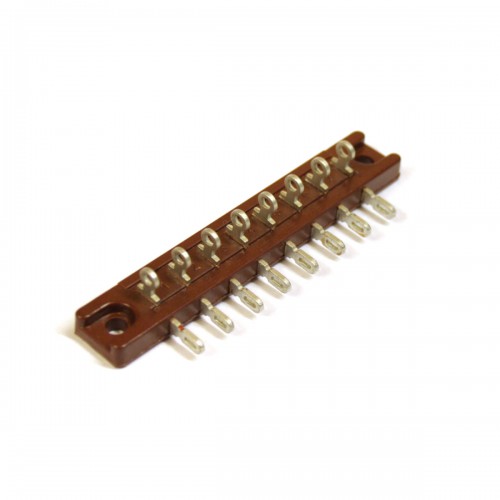ruffrecords
Well-known member
The speed and time of ramp depends on how much charge is in the main smoothing capacitor. My design is intended for a mixer and can supply up to 100mA of phantom power. That is why the reservoir capacitor is so large (4700uF) For a single channel you can safely reduce this the 470uF and it will ramp down 10 times faster.My3gger said:After checking Ian's phantom supply with TL783 it looks like 2W 4k7 resistor would act as fast ramp down of output voltage. My thinking is 4k7 takes minimum current required by TL783 and output cap isn't so big it would take longer time to empty it.
So this should be ok in cases someone turns off phantom and right away connects something phantom could damage. I had situations myself when a few seconds more of phantom could damage something.
I have not heard of a need for slow ramp up for V72 input transformers. There is no dc across the winding if you use a pair of 6k8 resistors - or are you feeding phantom to a centre tap?What about slow ramp up as needed for V72 trafos and similar, can't find another reason for it, maybe they are? There is some delay before cap is full, maybe not enough for very tiny windings? Does regulator takes care of this, can't find it in datasheets, i know it is short circuit proof.
Cheers
Ian


































